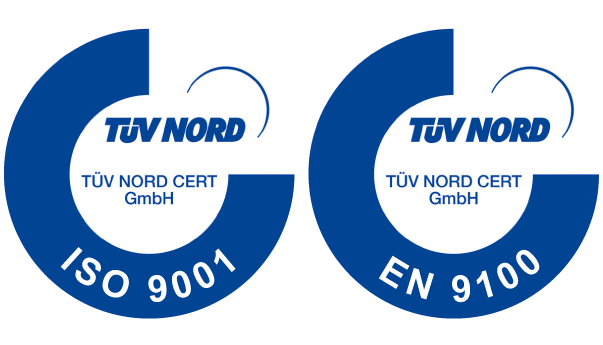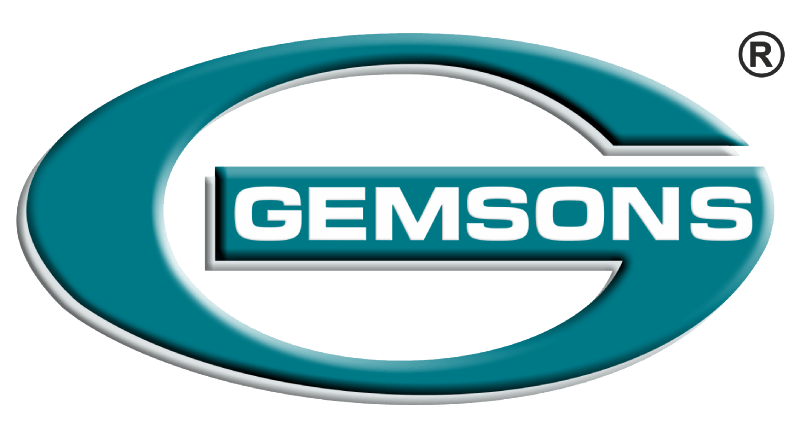Stellites exhibit exceptional resistance to corrosion, oxidation; wear resistance, heat resistance, and low magnetic permeability. In highly corrosive conditions, components made from Stellites perform well and retain these advantageous properties at elevated temperatures.
Stellite alloys are a Cobalt-Chromium super alloys family composed of complex carbides. These are non-magnetic and give a high wear resistance standard, and are especially effective in providing chemical resistance for stellite welding.
Stellite alloys are used as the base material, but the disadvantages of this are the high material and machining costs. As such it has been adopted as a welding medium, but this method is unsuitable for components that may experience Thermal Distortion, and as such HVOF has been developed as a way to obtain Stellite’s properties without the cost.
The key benefits of stellite welding in machining coatings applied with HVOF are that the process does not change the properties of the base material which may occur during welding. Even the process can be conducted on a broader variety of base materials and is more robust. Other benefits include;
Hardness
Stellite as a metal is extremely strong, which makes machining difficult and increases lead times and costs. Using the HVOF method we can give components that have Stellite 6 attributes without this cost.
Corrosion Resistance
Stellite welding provides excellent resistance to corrosion. This is due to the inherent characteristics of the hard carbide phase dispersed in an alloy matrix which allows Stellite coatings even at high temperatures to retain their corrosion resistance properties. Stellite similar to stainless steels corrodes mainly through a pitting process and not by a general loss of mass in solutions to seawater and chloride.
Wear Resistance
Stellite is the industry standard for most wear resistance for general purposes. There are several ways of mechanical damage to this. Stellite coatings have a high hardness of up to 500 ° C. Stellite would also have strong impact resistance and erosion in the cavitation.
Alternative Welding
Components are also hard-faced by the welding process with Stellite. The downside of this method is that the Stellite layer will often break as temperature changes occur and would not occur with sprayed Stellite. Even, HVOF can be performed without fear of thermal distortion.
Applications
Stellite has a wide variety of applications but is most common with our valve customers, where it is mostly used as a substitute for Electroless Nickel Plating where it is difficult to achieve the same degree of hardness and corrosion resistance. It is also used for machines in a variety of movable sections.
Stellite alloys are manufactured through several different processes or methods, including wrought or hot forging, hard-faced coating, powder metal, and casting depending on the final appliance. Machining and stellite welding is more difficult and thus requires high-performance processing equipment and advanced machining devices. Stellite is mostly machined by grinding rather than cutting, because of its extreme durability.
Stellite is the material of choice in industrial process valves and valve seats for some interior parts. This has also been used in the construction of lathes turning machines. Stellite machining was used as the cage material for the first commercial prosthetic heart valve and is commonly used to produce the dental prosthesis cast structure.
Stellite alloys are difficult to process, and because of the cobalt and chromium content, they appear to have exceptionally high melting points. Stellite welding is usually done by grinding, as opposed to cutting, and sections are cast precisely to allow minimal machining.


Recent Comments